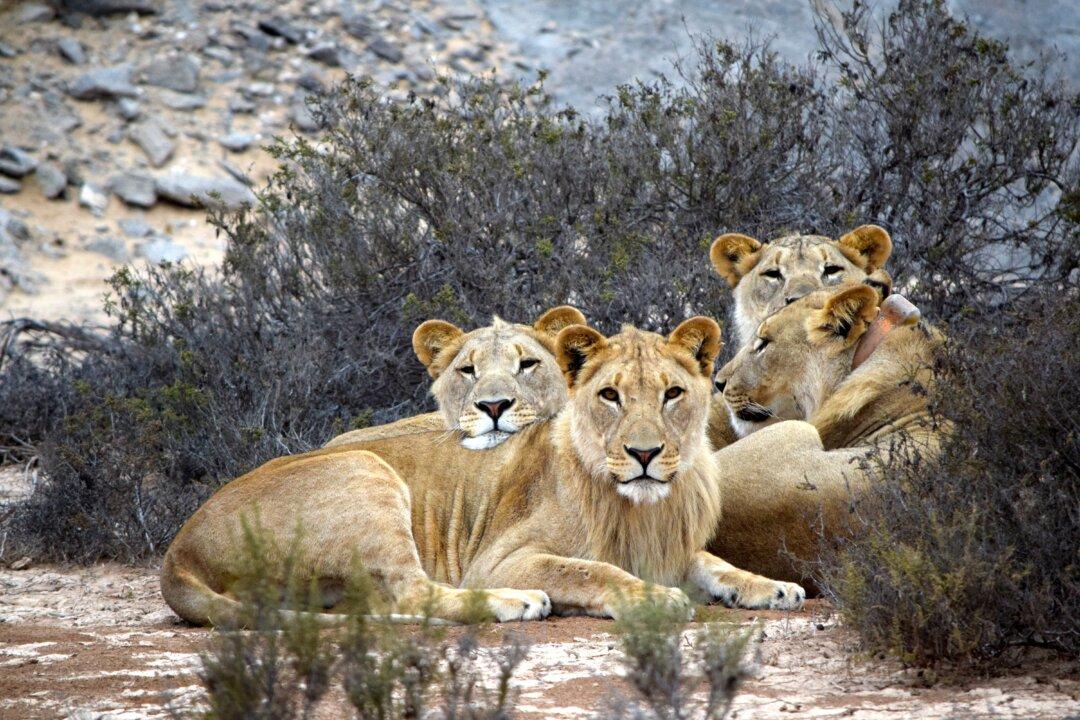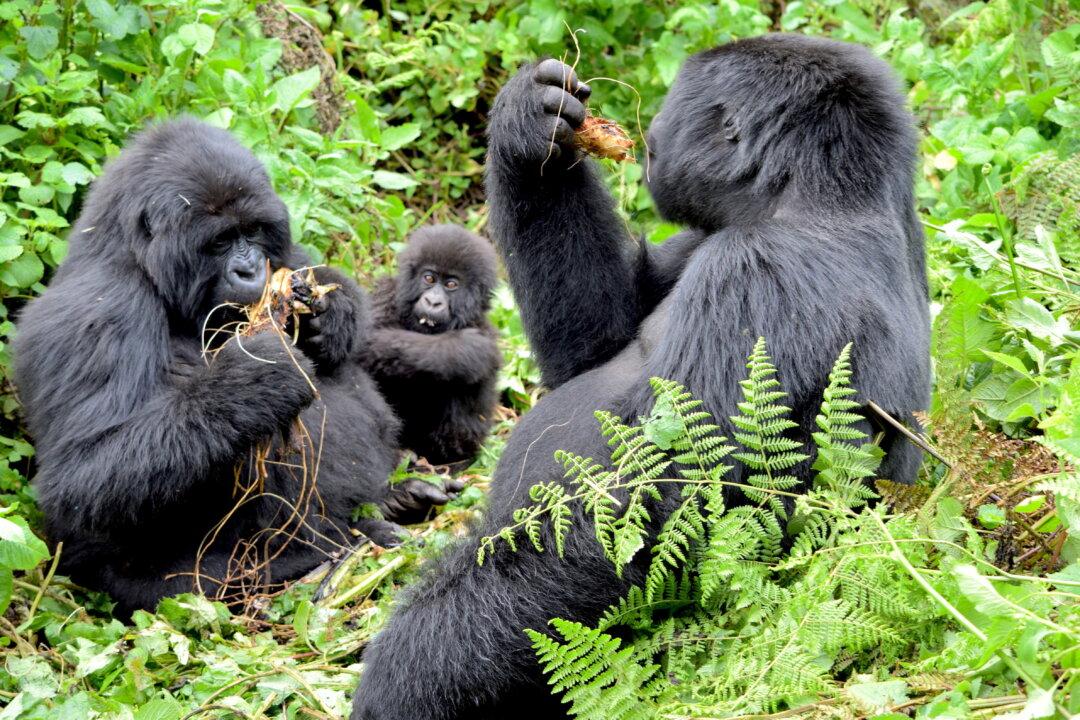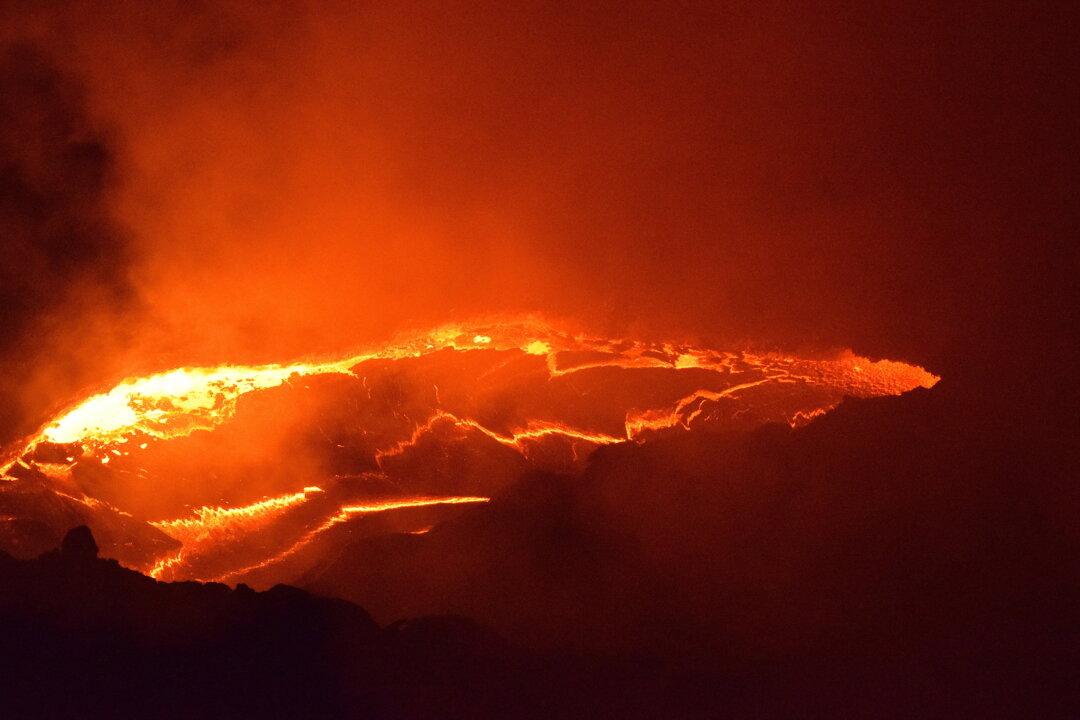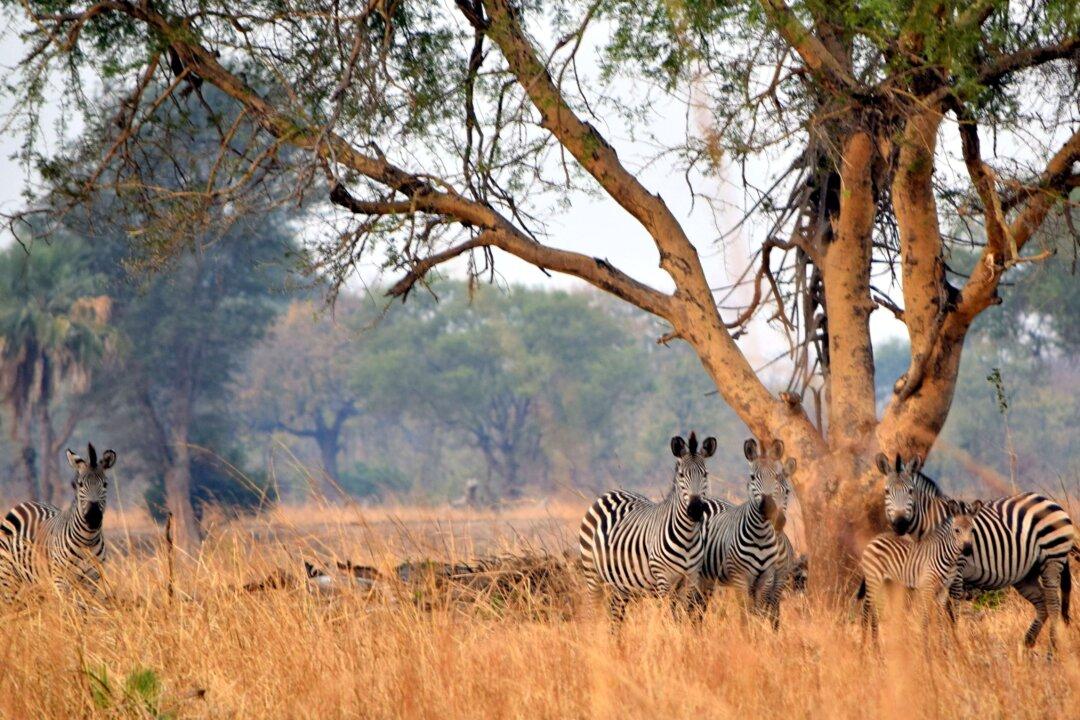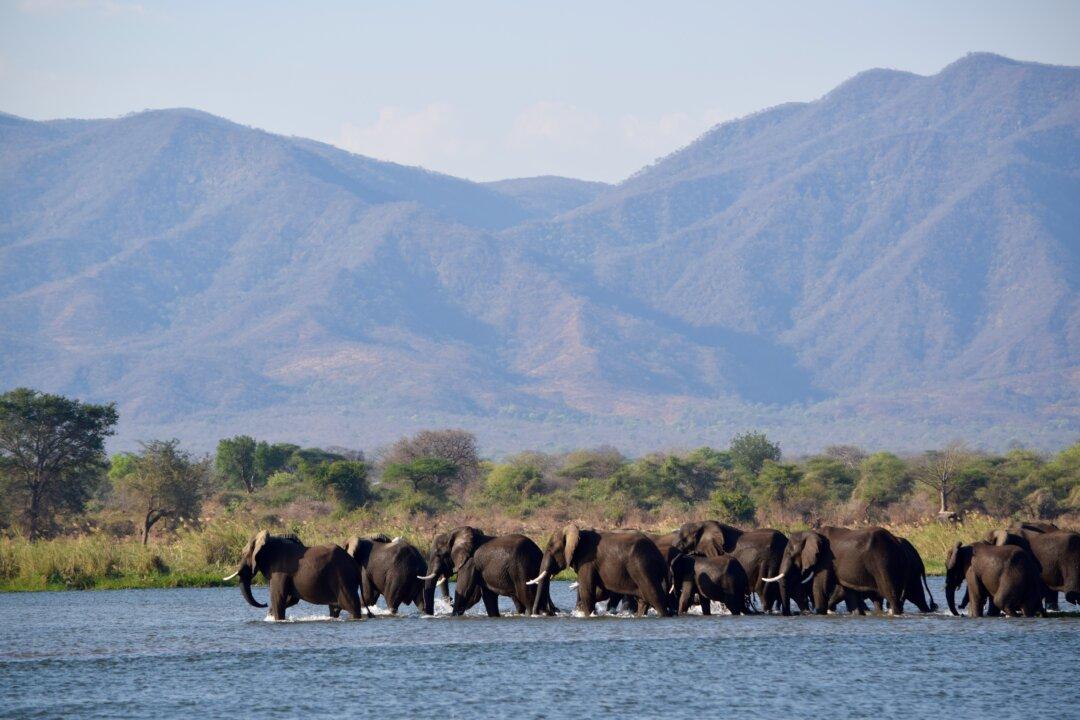Namibia, the first country to include an environmental clause in its constitution, celebrates 25 years of independence in 2015 with spectacular landscape and unique wildlife treasures.
Our guide navigates the Land Cruiser through a broad, desert valley, past craggy basalt ranges. There are four of us: Gert, who sits behind the wheel, myself, and two other guests from Wilderness Safaris’ Hoanib Skeleton Coast Camp.
We are in remote, northwest Namibia. I arrived this afternoon on a six-passenger Cessna, the only way to access this rugged, otherworldly outpost, after having spent 10 days touring the country’s more accessible sights.
We are on a mission, en route to the coast. A pride of desert lions has been sighted less than three hours from our camp, and we have barely three hours of sunlight left to find them.

